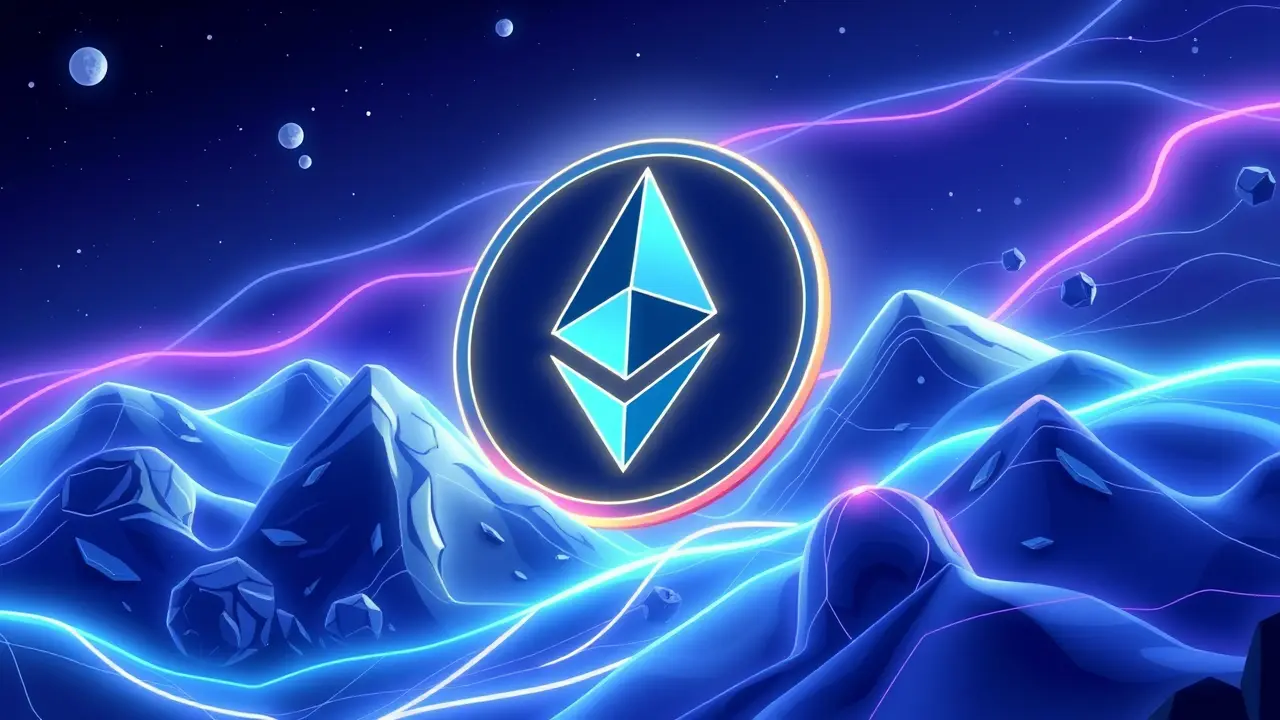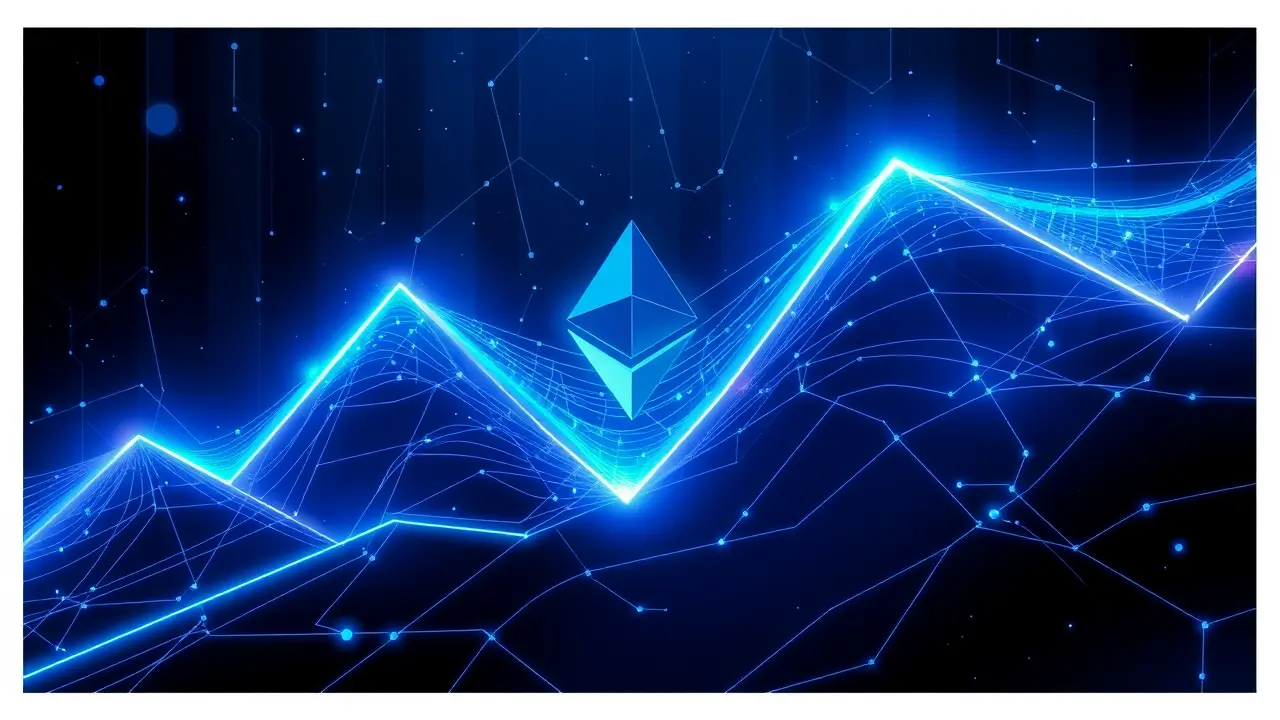
Cryptolayer-2Polygon
Global funds network Calastone taps Polygon for tokenized asset distribution
CH
Chloe Evans
4 hours ago7 min read4 comments
The quiet, tectonic shift in global finance just grew louder. In a move that signals a profound maturation of the asset tokenization movement, the colossal funds network Calastone has officially plugged into the Polygon blockchain to facilitate the on-chain movement of its Tokenized Fund Share Classes, effective immediately.This isn't just another blockchain pilot; this is Calastone—a backbone of the traditional fund management industry processing over $400 billion in transactions each month—effectively building a bridgehead from the old world of finance into the new. For years, the promise of tokenization has been a siren's call: the potential for near-instantaneous settlement, radical reductions in administrative overhead, and the creation of a truly global, 24/7 market for assets that have traditionally been locked in siloed, slow-moving systems.We've seen ambitious startups and forward-thinking banks experiment in isolated corners, but the involvement of an infrastructure giant like Calastone, which counts Schroders, J. P.Morgan Asset Management, and Invesco among its vast network, is the clearest signal yet that tokenization is transitioning from a speculative concept to an operational reality. By leveraging Polygon's high-throughput, low-cost Ethereum-scaling rails, Calastone isn't just dabbling; it's architecting a scalable future where a mutual fund share can be traded and settled with the same efficiency as a meme coin, but with the full regulatory and institutional-grade integrity the financial world demands.The implications are staggering. Imagine a future where an accredited investor in Singapore can purchase a tokenized slice of a European real estate fund after markets close, with settlement finality in seconds rather than the customary T+2 days.This erodes the very geography and time zones that have long Balkanized global capital markets. For asset managers, this means unlocking unprecedented liquidity and reaching a new, digitally-native investor demographic.For the broader TradFi ecosystem, it's a direct challenge to the antiquated plumbing of custodians, transfer agents, and clearinghouses that, while stable, are increasingly seen as friction points in a digital-first economy. Of course, the path forward is not without its hurdles.Regulatory bodies from the FCA in the UK to the SEC in the US are still grappling with how to classify and oversee these digital bearer instruments. The question of who ultimately holds the legal title—the investor holding the token or the custodian of the underlying asset—remains a complex legal knot to untie.Furthermore, while Polygon offers scalability, the industry is still navigating a multi-chain world, and standards interoperability is crucial to prevent a new form of digital fragmentation. Yet, the direction of travel is unmistakable.This partnership is a powerful validation of the hybrid 'TradFi-DeFi' model, where the innovation and efficiency of blockchain technology is harnessed within the established frameworks of regulated finance. It’s a move that doesn't seek to overthrow the old guard but to rewire it for the 21st century, proving that the future of finance may not be a revolution, but a strategic, and incredibly significant, integration.
#featured
#Calastone
#tokenized funds
#asset distribution
#Polygon blockchain
#institutional finance
#onchain movement
Stay Informed. Act Smarter.
Get weekly highlights, major headlines, and expert insights — then put your knowledge to work in our live prediction markets.
Related News
Comments
Loading comments...
© 2025 Outpoll Service LTD. All rights reserved.


